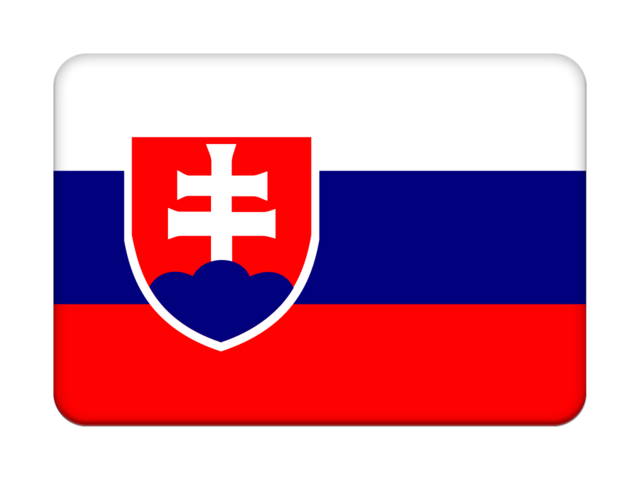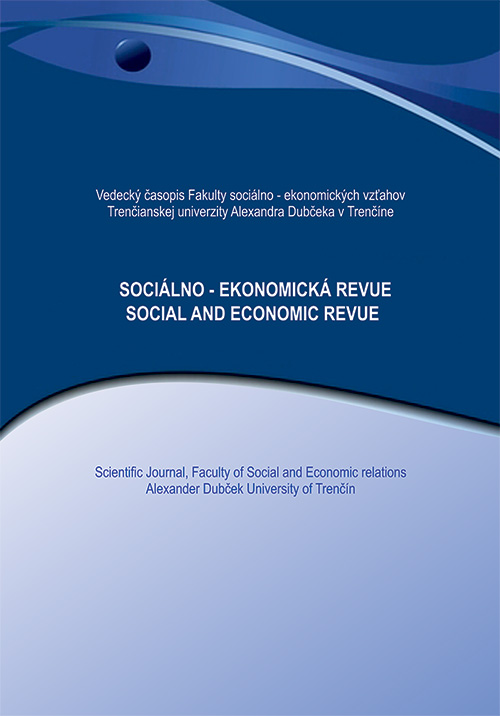PRACTICAL EXPERIENCES WITH THE USE OF AI IN THE YOUNG GENERATION
With the rapid development of digital technologies and their implementation in everyday life, the topic of artificial intelligence (AI) is increasingly being discussed. This new to many technologies is constantly surprising with its capabilities, for example in the field of creation. Generative models, which are already capable of creating quite original visual, textual or musical content, are rapidly gaining attention and finding applications in a few sectors. The use of generative AI is also expanding significantly among students, for whom it promotes learning and creativity. However, this may pose a global problem in terms of ethics and copyright protection.
The aim of this paper is to assess whether there is sufficient awareness of this topic at different school levels and what the practical experience of using AI among the younger generation is, based on an analysis of students' perceptions of AI.
Vydanie: 2024/1 Strany: 5-12 Klasifikácia JEL: D89, I21,C40
DOI: https://doi.org/10.52665/ser20240101
Kľúčové slová: artificial intelligence (AI), generative artificial intelligence, copyright, generative models, technology
Sekcia:
Kontakty:
RNDr. Dana Jašková. PhD.
Faculty of Social and Economic Relations
Alexander Dubček University in Trenčín
Študentská 3. 911 50 Trenčín
Slovak Republic
e-mail: dana.jaskova@tnuni.sk
Ing. Jana Sochuľáková. Ph.D.
Faculty of Social and Economic Relations
Alexander Dubček University in Trenčín
Študentská 3. 911 50 Trenčín
Slovak Republic
e-mail: jana.sochulakova@tnuni.sk
Literatúra:
Bartošová, M. (2020) Prognóza vývoja umelej inteligencie. [cit. 30.8.2024] Available on: https://dspace.cvut.cz/handle/10467/88294
Bordás Vives, A. (2023) Artificial Intelligence and the Creative Industries. Available at: https://repositori.uji.es/xmlui/handle/10234/202994
Cotton. D. R., Cotton. P. A. & Shipway. J. R. (2023). Chatting andCheating: Ensuring academic integrity in the era of ChatGPT. Innovations in Education and Teaching International.
Czichon, R. (2020) Umělá inteligence a autorské právo. [cit. 30.8.2024] Available on: https://dspace.cuni.cz/handle/20.500.11956/126517
De Vaus, D. (2014) Surveys In Social Research. 2. vyd. London: Routledg.
Demuth, A. (2020) Art and Artificial Intelligence - Challenges and Dangers. In: ESPES. The Slovak Journal of Aesthetics. roč. 9. č. 1. DOI: 10.5281/zenodo.6331060
Gregor. M., Gregor, M. (2014) Umelá inteligencia. explózia inteligencie a technologický pokrok. In: Produktivita a inovácie..
Honavar, V (2016) Artificial Intelligence: An Overview. [cit. 30.8.2024] Available on: https://faculty.ist.psu.edu/vhonavar/Courses/ai/handout1.pdf
Myška, M.. Zibner, J. (2019) Umělá inteligence: výzva autorství. In: Iurium Scriptum . č. 1. Available on: https://is.muni.cz/publication/1534880/cs/Umela-inteligence-vyzva-autorstvi/Myska-Zibner
Richter, M. (2023) Vliv umělé inteligence na vnímání kvality a důvěryhodnosti obsahu v digitální komunikaci. [cit. 30.8.2024] Available on: https://dspace.cuni.cz/handle/20.500.11956/182953
Roose, K. (2022) An A.I.-Generated Picture Won an Art Prize. Artists Aren’t Happy. In: The New York Times. [cit. 30.8.2024] Available on: http://golancourses.net/2022f/wp-content/uploads/2022/09/ai-art-prize.pdf
Štalmachová, K., Strenitzerová. M. (2020) Umelá inteligencia. strojové učenie a trh práce. In: Pošta. Telekomunikácie a Elektronický obchod. DOI: 10.26552/pte.C.2020.2.
Uzun, L. (2023) ChatGPT and Academic Integrity Concerns: Detecting Artificial Intelligence Generated Content. In: Language Education and Technology. roč. 3. č. 1. ISSN 2791-7010. [cit. 30.8.2024] Available on: http://www.langedutech.com/letjournal/index.php/let/article/view/49
Trenkler, Š. (2019) Umelá inteligencia v medicine. [cit. 30.8.2024] Available on: https://www.lf.upjs.sk/ceea/prezentacie5.html
What is artificial intelligence and how is it used? In: Topics | European Parliament. Available on: https://www.europarl.europa.eu/topics/en/article/20200827STO85804/what-is-artificial-intelligence-and-how-is-it-used


